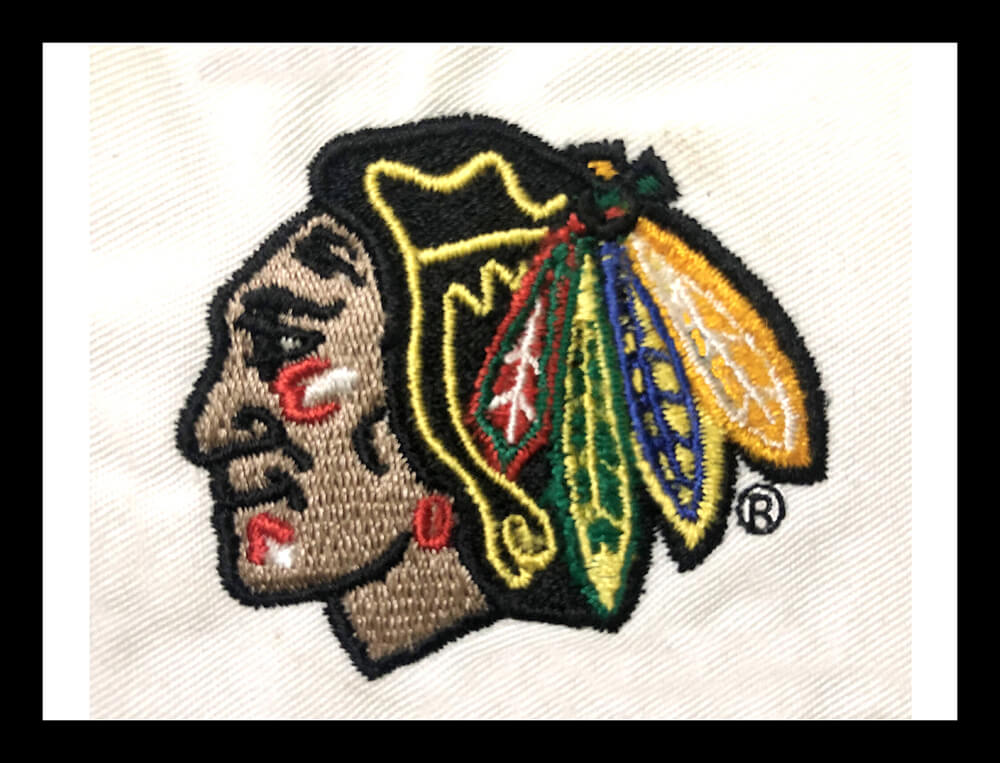Personalized Digitizing for Embroidery: Tailored to Your Requirements
Wiki Article
Understanding the Embroidery Digitizing Refine: Your Ultimate Guide
Needlework digitizing is a thorough craft that calls for accuracy and experience to equate elaborate layouts into digital formats for machine embroidery. As artisans get started on this journey to master the needlework digitizing process, a comprehensive understanding of the essentials establishes the structure for excellence.
Comprehending Embroidery Digitizing Essentials
Embroidery digitizing fundamentals develop the structure upon which complex designs are converted into machine-readable formats for exact stitching. This first action in the needlework digitizing process is essential for making certain that the final stitched item is a devoted depiction of the original design. Comprehending needlework digitizing fundamentals includes comprehending essential principles such as stitch kinds, stitch direction, thickness, rug, and pull settlement.Stitch kinds play a vital role in determining the visual and textural end result of the stitched style. By selecting the appropriate stitch kind, whether it be satin, fill, or running stitch, digitizers can attain the preferred effect and enhance the total top quality of the embroidery. Furthermore, stitch direction influences the circulation and dimension of the design, while thickness determines the spacing and insurance coverage of the stitches.
In addition, rug sewing provides stability to the design by safeguarding the material and avoiding distortion during the needlework process. Draw payment is an additional essential factor to consider to combat the all-natural tendency of textile to contract when sewn. Understanding these needlework digitizing basics is basic for producing professional-quality stitched products.
Picking the Right Digitizing Software
Choosing the ideal digitizing software is a critical choice that significantly affects the performance and quality of the needlework digitizing procedure. Digitizing for Embroidery. When choosing the ideal digitizing software, it is vital to consider variables such as the complexity of styles you intend to produce, the user-friendliness of the software program, the degree of client support offered, and the compatibility with your needlework deviceThere are numerous digitizing software options offered on the market, ranging from fundamental programs for novices to innovative software for specialist digitizers. Some popular choices include Wilcom EmbroideryStudio, Hatch Embroidery Software, and PulseID. These software supply a wide range of tools and features to help you create elaborate styles with convenience.
Prior to choosing, it is suggested to explore the different software application alternatives through totally free trials or demonstrations to establish which one finest matches your needs. Furthermore, reading evaluations and looking for suggestions from experienced digitizers can offer beneficial insights right into the toughness and weak points of each software (Digitizing for Embroidery). By carefully evaluating your requirements and contrasting the attributes of different digitizing software program, you can make an informed option that boosts your embroidery digitizing operations
Digitizing Tools and Methods

Optimizing Design Settings for Embroidery
Mastering the details of design setups is fundamental in attaining ideal outcomes in the needlework digitizing process, structure upon the foundation laid by recognizing digitizing tools and strategies. When enhancing design setups for needlework, it is crucial to think about variables such as stitch kind, thickness, rug, pull settlement, and enrollment. Registration settings line up various aspects of the layout accurately, preserving total style stability.
Troubleshooting Common Digitizing Issues
When encountering usual digitizing concerns during the needlework process, it is necessary to understand the source and implement effective services immediately. One common trouble is stitch thickness issues, where stitches might be also dense, creating the material to tighten, or as well thin, resulting in voids in the design. Changing the stitch thickness settings in the digitizing software application can aid fix this problem.Another frequent difficulty is string breaks during the needlework process. This can happen as a result of various reasons such as inaccurate stress setups, plain needles, or using low-quality string. Guaranteeing correct maintenance of look at this now the embroidery maker, consisting of normal needle changes and tension changes, can reduce the event of thread breaks.
In addition, style registration errors can cause misaligned elements within the embroidery layout. Inspecting the layout alignment in the digitizing software application and making needed adjustments before stitching learn this here now can assist in preventing this concern. By attending to these common digitizing concerns without delay and efficiently, you can make sure a smoother needlework process and high-grade finished items.
Final Thought
In verdict, understanding the needlework digitizing procedure requires a solid understanding of the fundamentals, the best option of software program, and expertise of tools and strategies. Optimizing style settings and troubleshooting typical digitizing problems are vital action in making certain high-grade needlework outcomes. By complying with these steps diligently, one can accomplish precision and effectiveness in the digitizing procedure.Report this wiki page